How Do Big Cities Compare in Cost To The U.S. Average?
According to U.S. Postal Service change of address data as aggregated by Mymove.com Americans have been moving in record numbers since the start of the COVID pandemic. As they state:
Looking at the number of movers who filed for mail forwarding from February to July 2020, requests are up 3.92% from the same time the previous year. There have been more than 15.9 million requests in 2020. In comparison, there were just over 15.3 million requests during the same period in 2019.
The Brookings Institute however claims those data are only pandemic related and that Americans are moving at historically low rates. They say:
Between March 2020 and March 2021, a smaller share of Americans (8.4%) changed residence than in any year since 1947, when the Census Bureau first started collecting annual migration statistics. These statistics do not negate the reporting of pandemic-related permanent or temporary movement for specific areas as suggested by real estate, moving, and survey data. However, during the pandemic, mobility declined enough among broad segments of the population—related to factors such as postponements of births and marriages as well as declining job opportunities – to lead to this historic migration low.
No matter which is more true, people are still moving. And being that the vast majority of Americans choose to live in urban areas, I looked for cost of living data for big cities. Let’s take a look.
Urban Cost Of Living
One day I stumbled upon this great graphic from Charles Schwab showing the average cost of living of the largest city/metro area in each state as compared to the national average.

I like it that they chose the biggest city from each state to give variety and that they grouped many urban areas similar to Census Bureau Metropolitan Statistical Area groupings. For instance Philadelphia is grouped with Wilmington and Camden because it’s basically one large metro area.
But it really bugs me when I see valuable geographically focused data presented in a non-geographic manner. When I see it I feel the need to fix it.
So I did.
Gettin’ Mappy
It’s funny how as I inch closer toward fully retiring I somehow get more excited to make a map, even though I spent decent portions of my career doing exactly that. But moving on…
I chose to make a graduated circle map of the Schwab graphic. Cities in green have a lower cost of living than the U.S. average and those in red are higher. And the size of the city dot is proportional to how much lower or higher the cost of living is.
(Click map for a larger version)
So for us frugal types who seek low cost of living cities, green cities located in green states with a bigger green dot are the best. Red cities in red states with large red dots are the worst. Cities with very small dots have a cost of living very close to the U.S. average, with their respective color showing whether it’s slightly higher or lower.
Creating this map was a significant labeling challenge, and sometimes I feel like I should have better things to do with my life but I’m a map nerd, haha.
Some Observations
We all know how important geography is which is why I feel this is a good companion to the Schwab chart. For instance some big cities that are on opposite sides of the green-red divide are pretty close to each other. Milwaukee and Chicago are a good example, as are Washington D.C. and Norfolk-Virginia Beach-Newport News.
And guess what, I recently wrote about my friend Melissa who gave up her highly paid K-Street lawyer job to move to Norfolk Virginia. She’s now only working 40 hours a week and living in an area with a much lower cost of living than D.C. That’s called Geoarbitrage.
I was genuinely surprised by some cities to be honest. I didn’t think Atlanta would be green and Burlington Vermont would be red. I’ve been to both but many years ago. I also thought Albuquerque New Mexico would be cheaper than just 5.71% below the U.S. average.
It’s also an interesting coincidence that the most expensive large metro area, the San Francisco-Oakland area, has a cost of living 17.37% above the U.S. average, while the cheapest, Florence-Muscle Shoals Alabama, has a cost of living 17.58% below the U.S. average. By my math that makes about a 35% difference between the two!
Geoarbitrage
So there you have it financial warriors, a great map showing the cost of living in big cities and how it compares to the U.S. average.
I do lots of posts like this that show various aspects of money and finance from a location perspective. So you’re considering Geoarbitrage in the United States be sure to check out my Geoarbitrage Resources Page which has tons of great tools to help you find your perfect location.
I hope you find these resources handy and I will continue to expose valuable tools that can help when deciding on a geoarbitrage strategy.






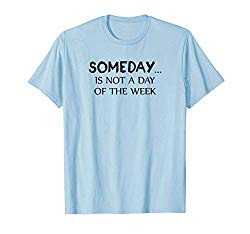


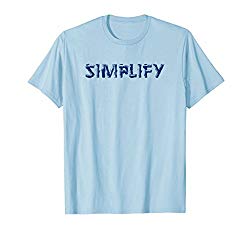
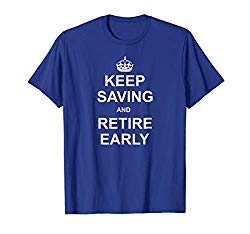


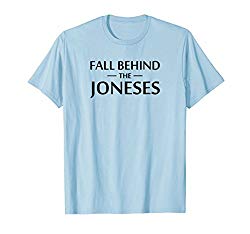





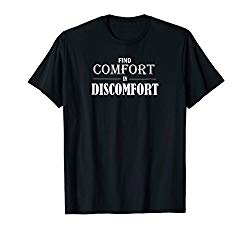








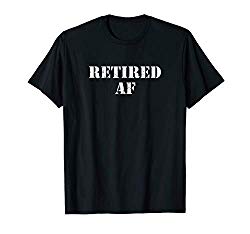















By the same token as comparing big cities in LCOL states with those in HCOL states the same can be said comparing small towns in LCOL states with big cities in the same state. I was lucky to earn over $250K living in a small Arkansas town that I would guess has at least a 10% advantage in lower cost than the Little Rock/Conway metro area in the chart. I think the ultimate arbitrage is small town life in an LCOL state making HCOL wages. It is hard to pull off but it worked for me.
VERY hard to pull off, but it should be getting easier. Telework. If you can arrange a 100% remote setup you can live wherever. Now if you live in Mississippi and apply to a high paying tech job in a big city, they may consider where you live and pay less. But if you get the job while living in the high COL area and THEN move to Mississippi with the high salary, you’re winning.
oh man. buffalo doesn’t even make the cut to be on the chart! i wonder what the growing nastiness of all the bums crapping in the streets of the big expensive cities will do for costs? will good citizens get tired of all the hypodermic needle gauntlets and just go to another safer place even if it means working for less?
haha, crap and hypodermic needles in the street, you’re describing my childhood in Baltimore. But to your point, I don’t think folks will flee the city, the data show more folks are moving back to cities after they temporarily fled in 2020 due to covid. Most cities are geographically set up so the nasty stuff is outta site outta mind for the hipster-wealthy types who uber around it and make the grub-hub guy go to the chinese place in the less than desirable neighborhood to get their dinner.
Great chart and map. I’m wondering what percentage housing makes up of total COL in these stats? I’ve always been interested in Geoarbitrage, but if you own your home, I’m wondering how much of that 35% swing between Muscle Shoals and San Francisco would be accredited to housing/rent.
Great point and I suspect housing is a substantial part of the cost in most cases. Especially after the crazy bubble in the past 2 years. Those higher interest rates are already starting to calm things down.
I’ve always loved maps, and yours are always fascinating to me. You’ve got a real talent there, Dave. Thanks for feeding all of us who hunger for good maps!! (True story, I always want to hang maps all over the house, my wife delegates them to out-of-the way areas, only. A small price to pay for martital bliss, I guess…)
Cool people love maps, full stop 🙂 And my house doesn’t lack for them
State income, sales and muni tax differences are a significant part of the geoarbitrage equation. Have you seen any work or maps that give a summary comparison of that cost?
Check out some of the sites ate the bottom of my Geoarbitrage Resources page, I haven’t necessarily seen all of those on a single map but some of those sites that I link to have those data.